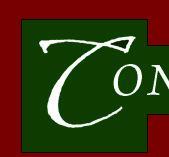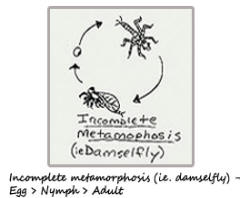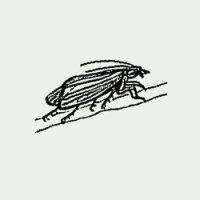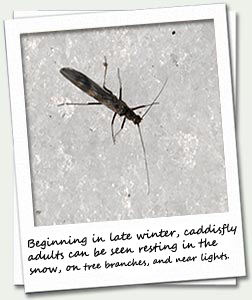|
Science: River Life - Macro Invertebrates Macro invertebrates are animals with no backbone, such as a worm or dragonfly. They thrive among the leaf litter in and along the Concord River. They are essential for a healthy river ecosystem and help to promote good water quality. Macro invertebrates thrive among the leaf litter in and along the Concord River. Macro invertebrates in the Concord River include various species of insects, crustaceans, leaches, mollusks, aquatic worms, and planarians (or flatworms). These organisms can be collected using simple field equipment. They can be included in river studies, recorded as data to be analyzed as biological indicators of water quality.
Metamorphosis Some insects undergo what is called “complete metamorphosis”, while others undergo what is called “incomplete metamorphosis”. Eggs hatch into larvae or nymphs, which then undergo several changes and growth before becoming adults. Larvae and nymphs need to eat a lot, be it decaying plant matter (detritus) or other macro invertebrates, which helps them to grow and collect energy.
Caddisflies are amazing little critters. Some species have the ability to make their own protective cases, in which they live. Other species seek shelter by clinging onto rocks. Still, they are a significant food source for larger animals.
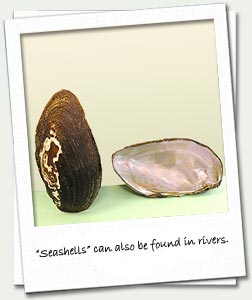 “Seashells” can also be found in rivers. These two shells (right) are from a mollusk called a mussel (sometimes noted as a clam). Aquatic and terrestrial gastropods and mollusks, including slugs, snails, mussels, limpets, and clams, can be found in and along the Concord River. They mostly eat vegetation. Mollusks are invertebrates with soft, non-segmented bodies and have one or more shells covering their bodies. They are usually found along the river bottom and are often eaten by diving ducks, raccoons, and mink. Mollusks are generally found along the river bottom or on rocks and are often eaten by diving ducks, raccoons, and mink. Some snails can live on land or in the water (amphibious).
|
